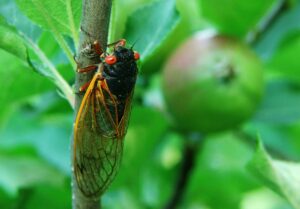
WNC Orchard Insect Pest Populations - May 18, 2021
May 18, 2021 Codling moth remains the primary concern across the region, with degree-day accumulations since biofix ranging from about …


El inglés es el idioma de control de esta página. En la medida en que haya algún conflicto entre la traducción al inglés y la traducción, el inglés prevalece.
Al hacer clic en el enlace de traducción se activa un servicio de traducción gratuito para convertir la página al español. Al igual que con cualquier traducción por Internet, la conversión no es sensible al contexto y puede que no traduzca el texto en su significado original. NC State Extension no garantiza la exactitud del texto traducido. Por favor, tenga en cuenta que algunas aplicaciones y/o servicios pueden no funcionar como se espera cuando se traducen.
Inglês é o idioma de controle desta página. Na medida que haja algum conflito entre o texto original em Inglês e a tradução, o Inglês prevalece.
Ao clicar no link de tradução, um serviço gratuito de tradução será ativado para converter a página para o Português. Como em qualquer tradução pela internet, a conversão não é sensivel ao contexto e pode não ocorrer a tradução para o significado orginal. O serviço de Extensão da Carolina do Norte (NC State Extension) não garante a exatidão do texto traduzido. Por favor, observe que algumas funções ou serviços podem não funcionar como esperado após a tradução.
English is the controlling language of this page. To the extent there is any conflict between the English text and the translation, English controls.
Clicking on the translation link activates a free translation service to convert the page to Spanish. As with any Internet translation, the conversion is not context-sensitive and may not translate the text to its original meaning. NC State Extension does not guarantee the accuracy of the translated text. Please note that some applications and/or services may not function as expected when translated.
Collapse ▲
May 18, 2021 Codling moth remains the primary concern across the region, with degree-day accumulations since biofix ranging from about …

May 11, 2021 Codling Moth We have entered a period where the main focus of insect control throughout the region is …

With the uncertainty of fruit loads and extended bloom period, many growers are just now applying a petal fall …

Calico scale, Eulecanium cerasorum, was accidentally introduced to California from Asia in the 1920s. It has now become established …
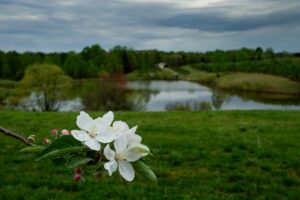
Petal Fall Spray Options With petal fall spray imminent in most locations, insecticide options will depend on what was applied …
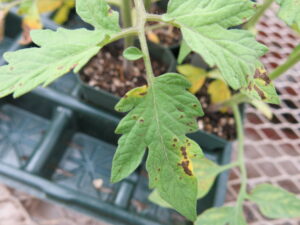
For vegetable growers (both commercial and home gardeners), springtime often brings to mind tomato transplants. However, sometimes diseases occur …
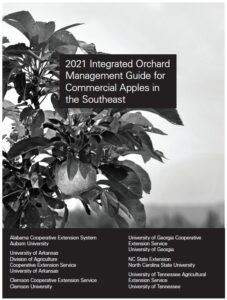
The 2021 edition of the Integrated Orchard Management Guide for Commercial Apples in the Southeast is now available online …
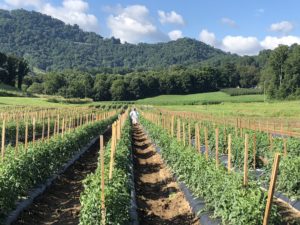
The fungicide spray guides for tomato and pepper are intended for commercial growers and are suggested products or programs …
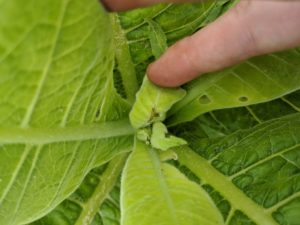
A new insecticide, Steward, has recently been registered in tobacco. Steward, with the active ingredient indoxacarb, is labeled for …
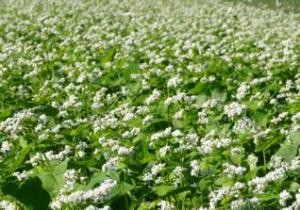
The analysis of the 2020 Cover Crop Survey is available and posted on SARE’s website for viewing. Farmers from …
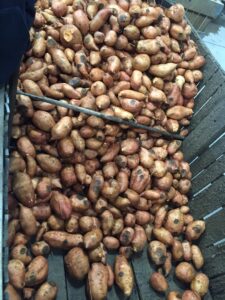
From Madison Stahr and Dr. Lina Quesada-Ocampo Sweetpotato black rot, caused by the fungal pathogen Ceratocystis fimbriata, was found in …
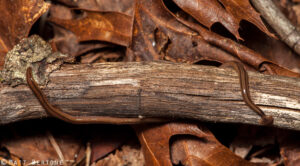
PLEASE NOTE: NC State University and local agencies (e.g. NCDA&CS) are not currently tracking species that are already known to exist …
The 72nd Annual Crop Protection School will be held Wednesday, December 2, 2020, online via Zoom. RSVP is required, …
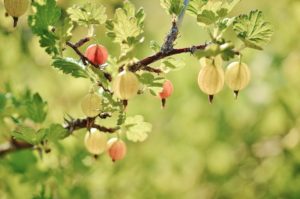
9/16/2020 – (Reviewed 8/28/2024) The short answer is “no.” You cannot legally grow currants or gooseberries in North Carolina. …

Although stink bugs were light across the state (with a few exceptions) in corn and cotton, it looks like …
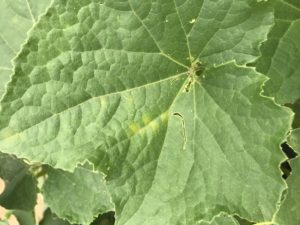
Cucumber Downy Mildew (CDM) has been confirmed on cucumber plants in our sentinel plot in Waynesville, NC (Haywood County). …
Sivanto Prime for control of sugarcane aphid on sweet sorghum has been approved for use in North Carolina during …

Late blight on tomato was confirmed in Buncombe County on July 17, 2010, and confirmed by microscopic observation of …
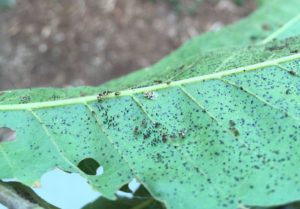
This week I have seen a couple species of lace bugs active on landscape plants. Yes, there are over …

This is the ninth weekly TSWV and tobacco thrips risk assessment update. Third generation flights have now occurred at all …

This factsheet describes the biology of the cane lace bug or bamboo lace bug, Leptodictya …
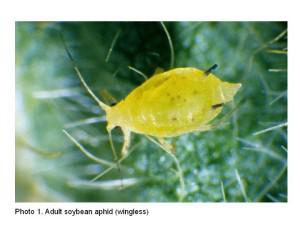
This soybean insect factsheet describes the biology, damage, and control of the soybean aphid, a …

This factsheet describes the biology of the banded sphinx moth or lesser vine sphinx, Eumorpha …

This factsheet describes the biology of the elm-grass root aphid, Tetraneura ulmi, and provides residential …
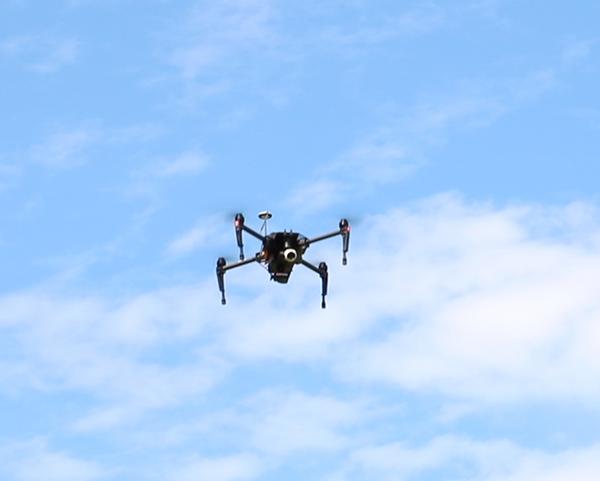
This publication discusses flying unmanned aerial vehicles (drones, model aircraft) for commercial purposes. You'll learn …
This publication describes the life cycle, scouting and treatment of the balsam twig aphid, a …
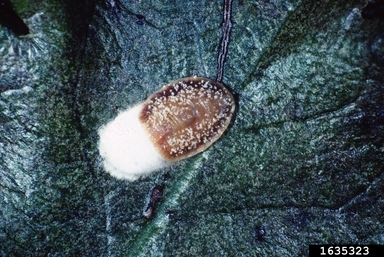
This article will cover two important scale insect pests of blueberries in North Carolina, terrapin …

This vegetable pathology factsheet describes the identification and treatment of anthracnose of pepper.